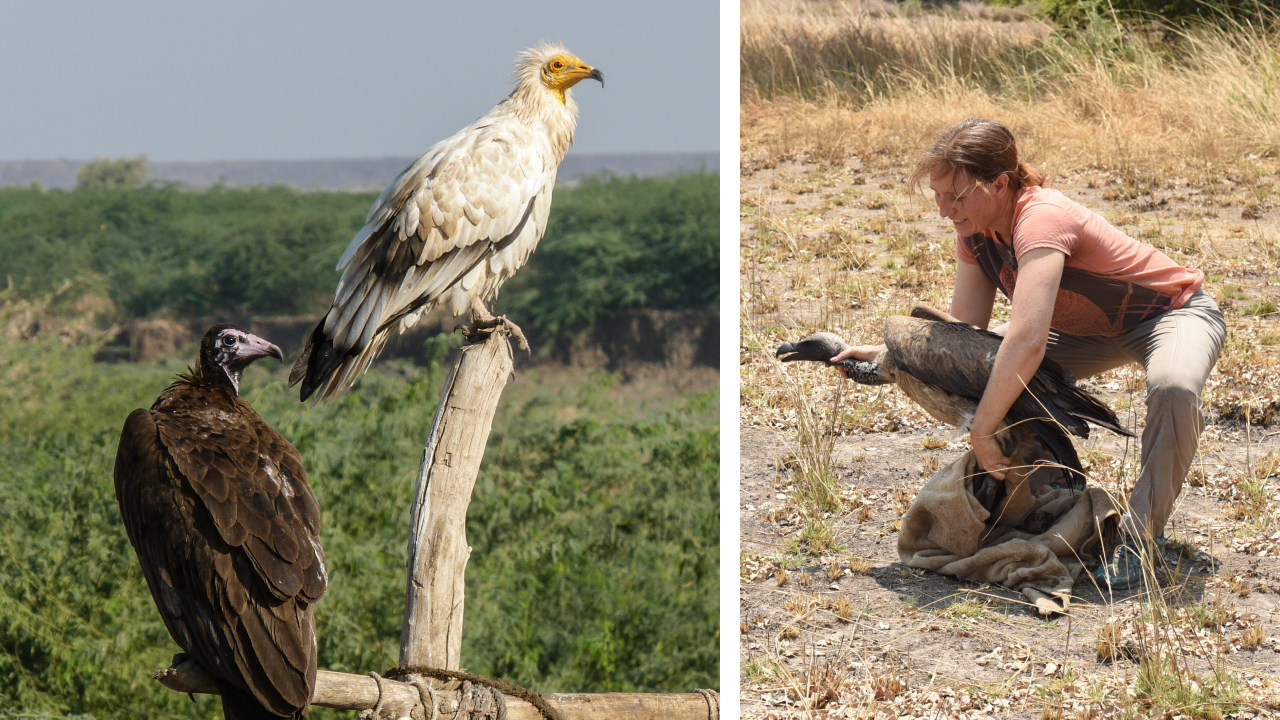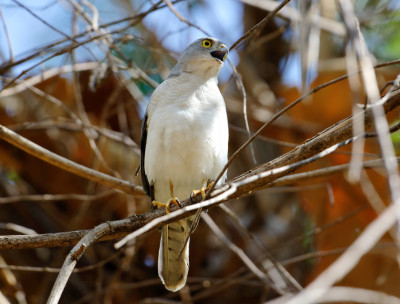
Munir Virani
Introducing Our New Tanzania Program!
After remarkable success protecting African vultures and raptors in Kenya, we’re thrilled to announce our expansion into Tanzania! Leading this exciting new chapter is Dr. Corinne Kendall, our newly appointed Southern Africa Program Director. With over a decade of specialized experience studying and conserving African vulture populations, including her initial work with The Peregrine Fund during her PhD from 2008–2012, Corinne (seen at right below) brings invaluable expertise to our team. This initiative builds upon foundational work supported by the North Carolina Zoo, which remains a key partner in our conservation efforts.
“Just as in Kenya, poisoning poses the greatest threat to vultures in Tanzania,” says Corinne. “These magnificent birds are indirectly killed during human-wildlife conflict poisoning and also tragically targeted for their body parts, which are harvested for belief-based use—often resulting in mass poisoning events that devastate entire populations.”
This year, our new Tanzania Program will:
- Use tagged vultures to respond to and address poisoning events in real-time
- Conduct extensive household surveys to assess whether poison use changes following community education about the human health risks of pesticides
- Support three Tanzanian graduate students researching vulture nesting, changes in movement patterns throughout the Serengeti ecosystem, and the relationship between vultures and blowflies in relation to disease dynamics
In addition, as we expand our work across Africa, this new team will advance innovative tracking methods pioneered with the North Carolina Zoo and the Endangered Wildlife Trust to monitor over 100 vultures across 11 countries to harness movement data for wildlife conservation. We look forward to sharing updates as this vital conservation work takes flight!







